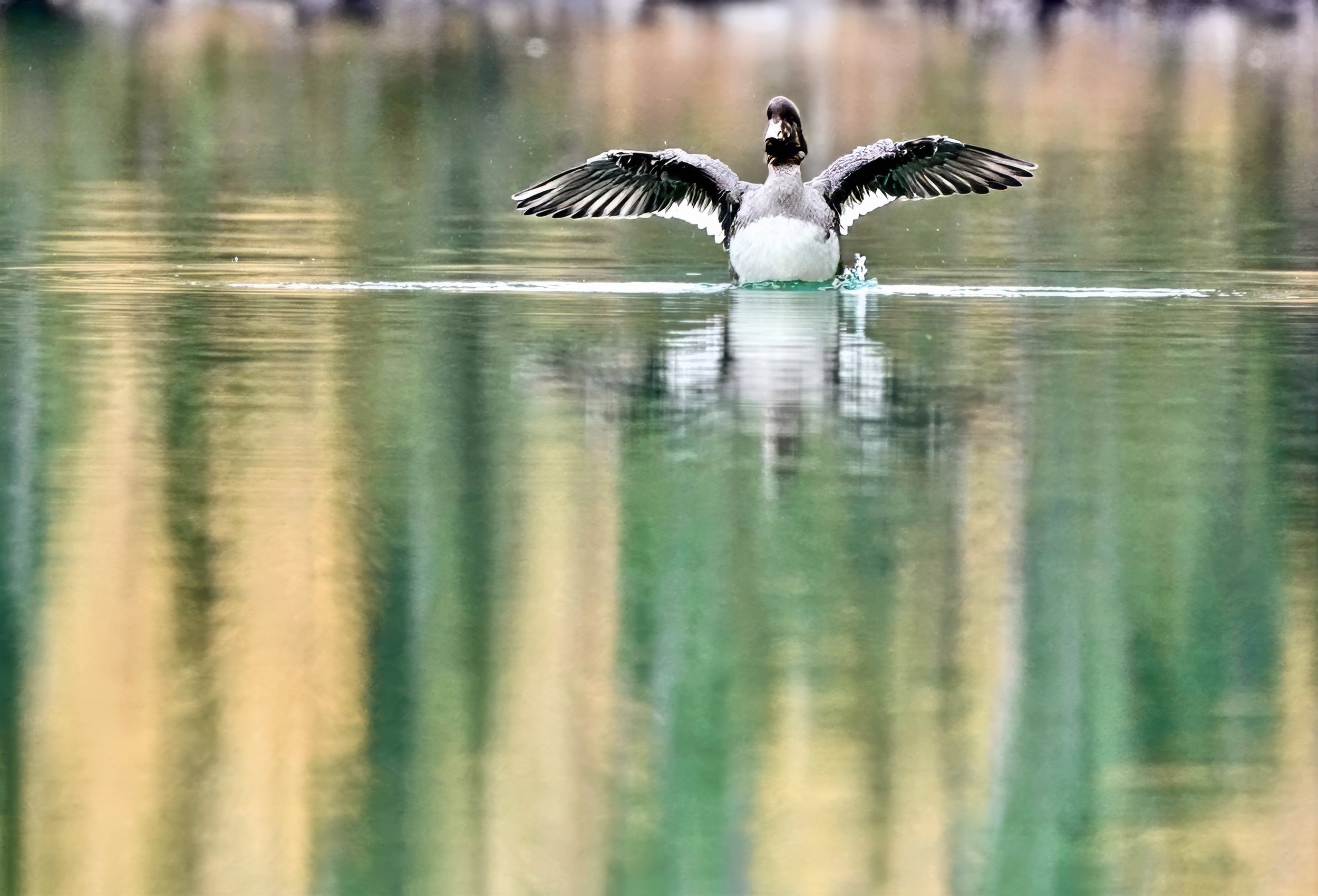North America has lost nearly 1 in 3 birds
In 2019, researchers from the Cornell Lab of Ornithology, the Smithsonian, and partners published in the journal Science one of the most alarming studies in recent memory. Using decades of data from long-term bird surveys, radar tracking, and population models, they showed that North America has lost about 2.9 billion birds since 1970 — a 29% decline, or nearly one in three.
What makes the finding even more sobering is that these losses aren’t limited to rare or specialized species. They’re concentrated among the familiar birds that define our everyday landscapes: sparrows, warblers, blackbirds, and finches. Entire ecosystems are thinning out, often quietly, without dramatic extinctions — just fewer birds everywhere. The loss of abundance occurred across all major breeding biomes except wetlands.
Why did this happen? The causes vary by habitat, but the pattern is consistent: habitat loss, fragmentation, altered hydrology, pesticide exposure, and climate-driven shifts in migration and breeding all play a role. The decline shows up across forests, grasslands, and even suburban areas.
What about wetlands?
Wetlands were the one major habitat category that did not experience a net loss. In fact, populations of wetland-associated birds — especially waterfowl — increased over the same period. The Science study found that waterfowl numbers rose by more than 50%, driving an overall 13% gain for the wetland biome.
This recovery wasn’t luck. It was the result of decades of focused conservation: large-scale wetland restoration, strong hunting regulations, protected areas, and consistent federal funding through the Migratory Bird Hunting and Conservation Stamp Act (“Duck Stamp”). In other words, when society makes a sustained commitment to protecting habitat, bird populations can rebound.
The wetlands story matters because it proves that the 29% continental decline is not irreversible. It shows that habitat protection works, and that coordinated land-use decisions, backed by policy, can reverse long-term population losses. The same model of success could be applied to forests, riparian corridors, and nesting colonies like our own rookery — if we choose to invest in them.
For communities like ours, working to protect a single nesting site or a single stand of mature trees isn’t a symbolic act. It’s part of the continental-scale work of slowing and reversing a documented, measurable loss. Saving one rookery means protecting a multigenerational breeding hub — exactly the kind of local action shown to make a difference.
Photo by Lynn Cornell
